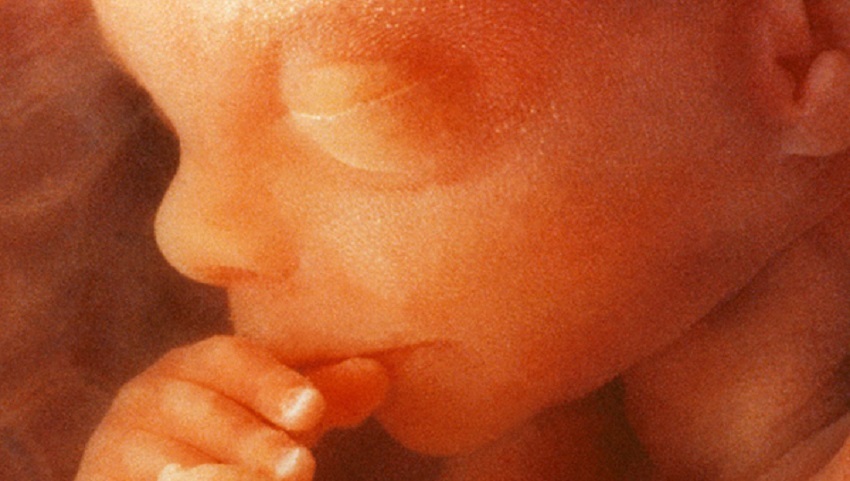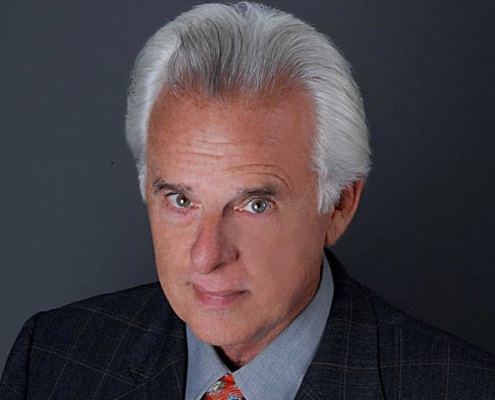Harvesting Organs

Harvesting the organs and tissues of aborted pre-borns
Growing kidneys from aborted babies in rats
It was reported in Live Science, January 2015, that scientists are growing kidneys from aborted babies in rats. Researchers say they have developed a new technique that will get more kidneys to people who need transplants, but the method is unethical and barbaric. The research shows that it is feasible to remove a kidney from an aborted human fetus, and implant the organ into a rat, where the kidney can grow to a larger size.

Credit: Eugene Gu et al

Wesley Smith weighs in on the debate
Fetal farming is definitely on its way. Here’s another example: Extract the eggs from ovaries of aborted female fetuses for use in cloning or fertility treatments–now being actively investigated.But why go through the bother and expense of transplanting fetal organs into animals? Why not just pay women who want to abort to gestate longer into term so the transplant can be made directly after tissue typing? That has already been proposed.
From an essay by bioethicist Jacob M. Appel:
Since far more women have legal abortions each year in the United States than would be required to clear organ wait-lists, if only a small percentage of those women could be persuaded to carry their fetuses to the necessary point of development for transplantation, society might realize significant public health benefits.
The government could even step into the marketplace itself to purchase fetal organs for patients on Medicare and Medicaid, ensuring that low-income individuals had equal access to such organs while keeping the “asking price” elevated…
Someday, if we are fortunate, scientific research may make possible farms of artificial “wombs” breeding fetuses for their organs — or even the “miracle” of men raising fetuses in their abdomens. That day remains far off. However, the prospect of fetal-adult organ transplantation is a much more realistic near-term possibility. A market in such organs might benefit both society and the women who choose to take advantage of it.
And heck, once cloning can be done, why not clone, gestate in a woman or in an artificial womb, and then harvest? That is also on the futuristic table.All things become possible when we cease believing that human life matters morally simply and merely because it is human.
So-called benefits
Millions suffer from diseases and injuries that allegedly could be aided to various degrees by fetal tissue transplants. These maladies include Parkinson's Disease, Alzheimer's Disease, diabetes, and head injuries, stroke, and paralysis. These are the conditions upon which pro-harvesting researchers focus when they say that fetal transplants can provide aid.
Therefore, some 'ethicists' and hospital researchers have become almost hysterically joyful over the prospect of having access to an abundant source of useful 'fetal material' produced by millions of abortions. As Dr. Abraham Lieberman of the New York University Medical Center put it:
"This [fetal tissue techniques] is to medicine what superconductivity is to physics."
Richard John Neuhaus. The Return of Eugenics." Commentary, April 1988.
Babies Die
All of the smoke and rhetoric thrown out by the pro-harvesting forces is an attempt to hide the central focus of the fetal tissue debate: That human babies must die in order to improve the quality of life for adults. However, some physicians do not allow their logic and their consciences to be willingly dulled by the siren song of convenience. As Dr. Ralph DeGeorgio says,
We must recognise why the use of human fetal tissue is being advocated in the first place: Precisely because it IS human.
Ralph DeGeorgio, M.D. Tissue and Organ Donation By Aborted Preborn and Anencephalic Infants: Medical Aspects of Human Fetal Transplantation. University of Southern California School of Medicine, 1990
Dehumanization and Harvesting
No class of true victims can be abused with impunity, killed, or disposed of unless its members have first been vilified or rendered something less than human in the eyes of the public. Bioethicist' Mary Anne Warren gives us an excellent example of this dehumanization in a hypothetical situation posed in the Hastings Center Report, as shown below. In this article, Warren enthusiastically endorses transforming unborn children into organ farms, as she cites and heartily approves of the no-longer-hypothetical case of a 28-year old man with kidney failure whose wife conceives for the express purpose of transplanting both the baby's kidneys to the husband.
"Fetuses, especially those as old as five or six months, elicit our sympathy, and tempt us to endow them with moral rights, not only because they are potential people, but because they look disconcertingly like people; their physical features are recognizably human. But this sympathy is misplaced, unless there is a good deal more conscious activity in the fetal "mind" than we have any reason to suspect.
While a fetus of five or six months may, perhaps, possess some flickering of sensation or some capacity to feel pain, this is equally true and probably even more true of creatures like fish or insects, which few would doubt the propriety of killing in order to save human lives. In such cases, a proper respect for the right to life requires that it not be respected where it does not exist.
Mary Anne Warren. Can the Fetus be an Organ Farm? Hastings Center Report 1/10/1978
As demonstrated in her 'solution' to the problem, Warren not only endorses the practice of using the organs from the babies who are aborted because they were products of unintended pregnancies - she is recommending that women become pregnant specifically and intentionally for the purpose of growing babies for the sole purpose of harvesting their organs!
"This type of cannibalisation already occurs on an almost routine basis in some Mideastern countries. For example, in one case, an impotent Lebanese man had a testicle transplant from a preborn baby aborted at 25 weeks."
Nick Thimmesch. Strange Tales of Fetal Life and Death. Human Life Issues, January 1983
Organ Transplants
The first fetal organ transplant took place in December of 1985 in Denver, USA. Researchers Everett Spees and Kevin Lafferty transplanted fetal pancreatic tissue into the body of a 51-year old diabetic. These cells soon began to produce the needed insulin for the patient. This type of transfer had been performed about 15 times by the end of 1987.
Aborted Baby's Brain Cells Implanted in Parkinson's Victim." The Wanderer, November 24, 1988
In late 1988, researchers went one step further. Brain cells from an aborted seven-week old baby were transferred to an adult patient for the first time. The cells were implanted in an unnamed 55-year old male Parkinson's Disease victim by a surgical team led by Dr. Curt Freed and Dr. Robert Breeze at the University of Colorado Health Sciences Center, USA
Dr. Neil Rosenberg said that the patient had asked for the implant and the 'mother' of the donor had given her permission for her unborn child to be cannibalised (she almost certainly had merely signed the standard abortion clinic "consent" form that agrees that the abortuary can dispose of "any tissue removed.")
The experimental procedure was financed by private donors and was approved by the University of Colorado Human Subjects Committee.
J.C. Willke, M.D. "Loma Linda's Lethal Transplants." National Right to Life News, March 10, 1988
Such transplants have also been performed in Sweden, Mexico, and Cuba. One study performed by eight Swedish researchers was revealing in that it indirectly described how desirable late-term babies are for harvesting purposes:
"Pancreatic glands of human fetuses obtained from 31 consecutive legal abortions were used...
The abortions were induced by prostaglandin and carried out over a period of three months. The crown-heel lengths of the fetuses ... ranged from 12 to 34 cm."
Sandler, Andersson, Swenne, Petersson, Hellerstrom, Bjorken, Christensen and Groth. "Structure and Function of Human Foetal Endocrine Pancreas Before and After Cryopreservation." Cryopreservation of Human Fetal Pancreas. Huddings, Sweden, 1982